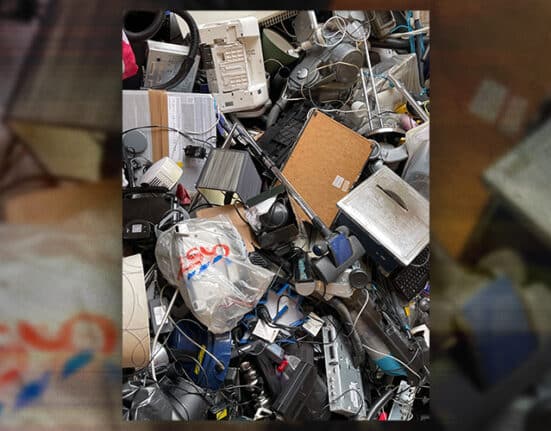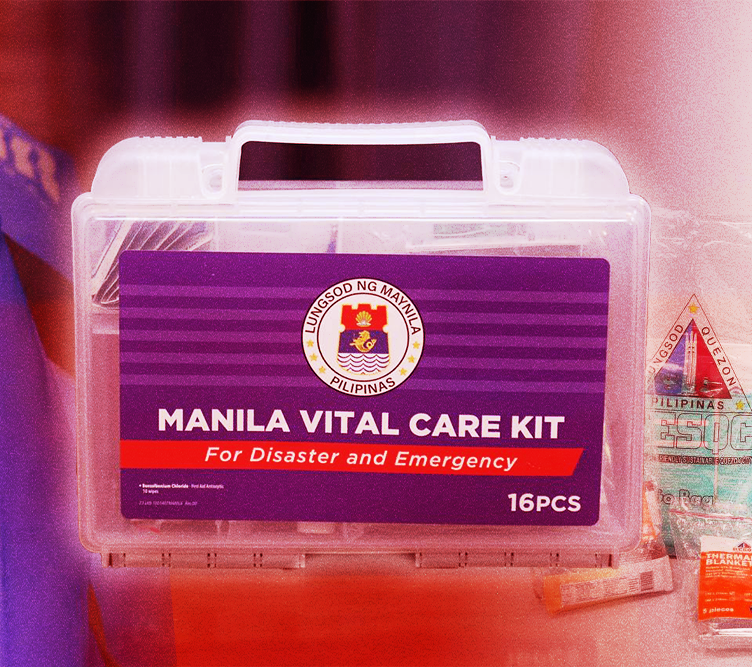THE Philippines is facing a significant increase in electronic waste (e-waste) as a result of accelerated technological and electronics adoption, and shortage on treatment, storage, and disposal (TSD) facilities.
As electronics like smartphones, laptops, and appliances become obsolete at a faster rate, the volume of e-waste increases, posing serious environmental and health risks.
DENR steps in
Given that idea, the Department of Environment and Natural Resources (DENR) recommended the people to keep their e-waste and work with local barangays to ensure proper disposal of potentially hazardous garbage.
“Store lang natin ‘yan at makipag-coordinate po sila sa mga barangay para ma-store doon, and then ‘yung mga barangay alam naman nila gagawin diyan,” said DENR Undersecretary Jonas Leones.
“They will be just coordinating with our offices sa EMB bawat regions and then kami na po bahala dun…EMB will be coordinating with the TSDs para po makolekta at para po ma-treat,” added Leones of the next move of barangays.
Country’s e-waste
According to the Global E-waste Monitor 2024, the Philippines ranks among the top e-waste generators in Southeast Asia, alongside neighboring nations such as Indonesia and Thailand.
The monitor reported that in 2022, Filipinos generated over 537 million kilos of e-waste, or about 5 kilograms per person.
Ban Toxics, an environmental group, also asked Filipinos to separate their e-waste from other types of rubbish and to avoid disassembling, burning, or dumping e-waste in vacant lots or throwing it into waterways.
Furthermore, the DENR is concerned about the potential effects of e-waste. If not adequately managed, the chemicals can create a variety of serious health and environmental issues, including cancer.
More TSD facilities
If e-waste continues to rise, the DENR’s primary remedy, in addition to urging Filipinos to regulate their e-waste, is to expand TSD facilities around the country.
According to DENR’s Environmental Management Bureau (EMB), there are currently 78 registered TSD facilities around the country, but only 7 in the National Capital Region.
The department is still trying to increase the number of facilities to deal with the volume of waste. “Imo-monitor natin yan kasi ngayon ito lang ang ating kailangan nating maparami ‘yung ganyang facility,” Leones said.
The DENR-EMB has recently upgraded three Materials Recovery Facilities (MRFs) in Brgy. Bagong Silang, Caloocan, Brgy. Dampalit, Malabon and Brgy. Bakekang in Baguio, to TSD facilities that now handle e-waste.
Nonetheless, the DENR is pushing local governments and other private sectors to implement e-waste management programs that will assist in fixing the country’s e-waste challenges.
How useful was this post?
Click on a star to rate it!
Average rating 0 / 5. Vote count: 0
No votes so far! Be the first to rate this post.
We are sorry that this post was not useful for you!
Let us improve this post!
Tell us how we can improve this post?









